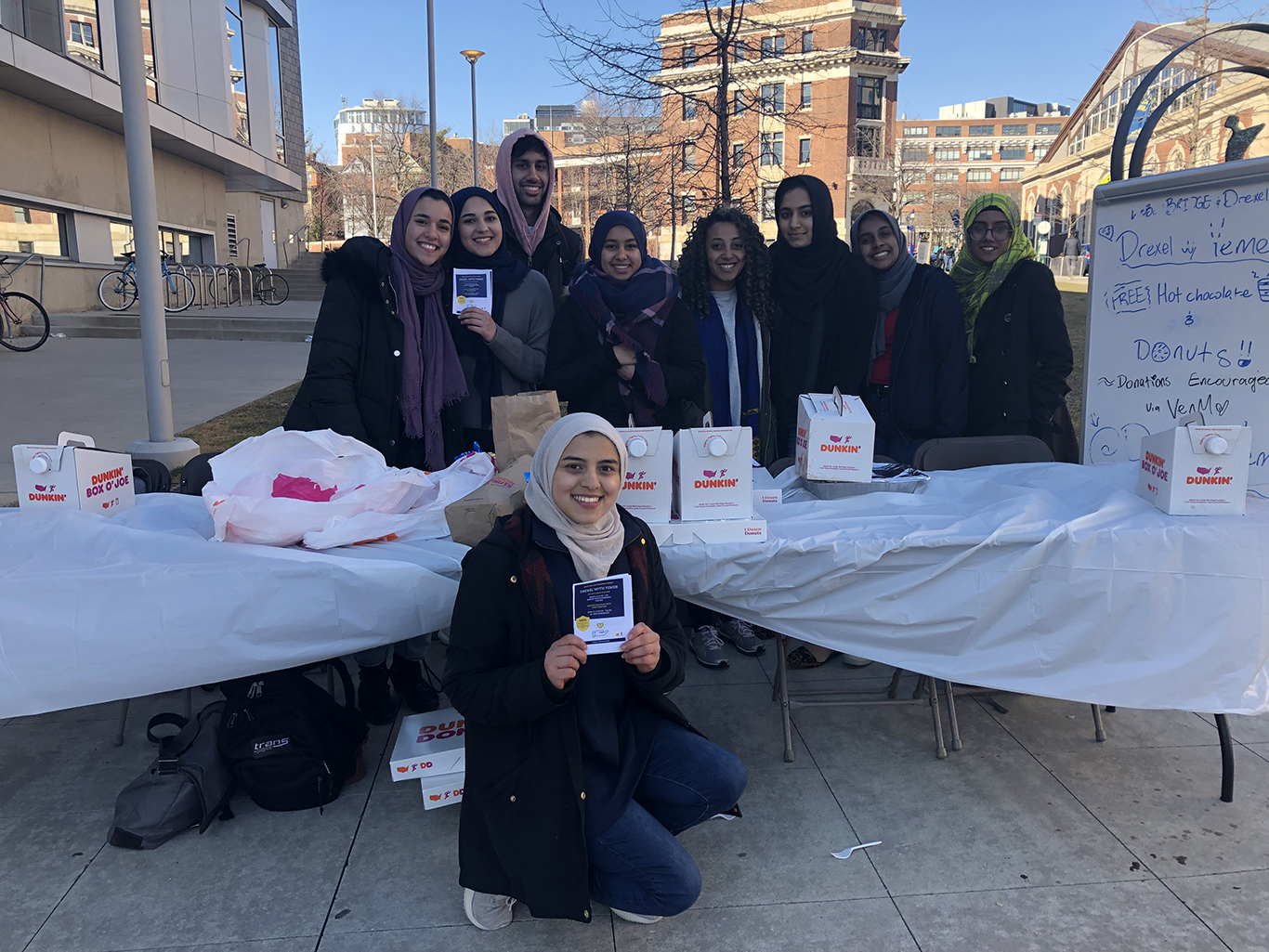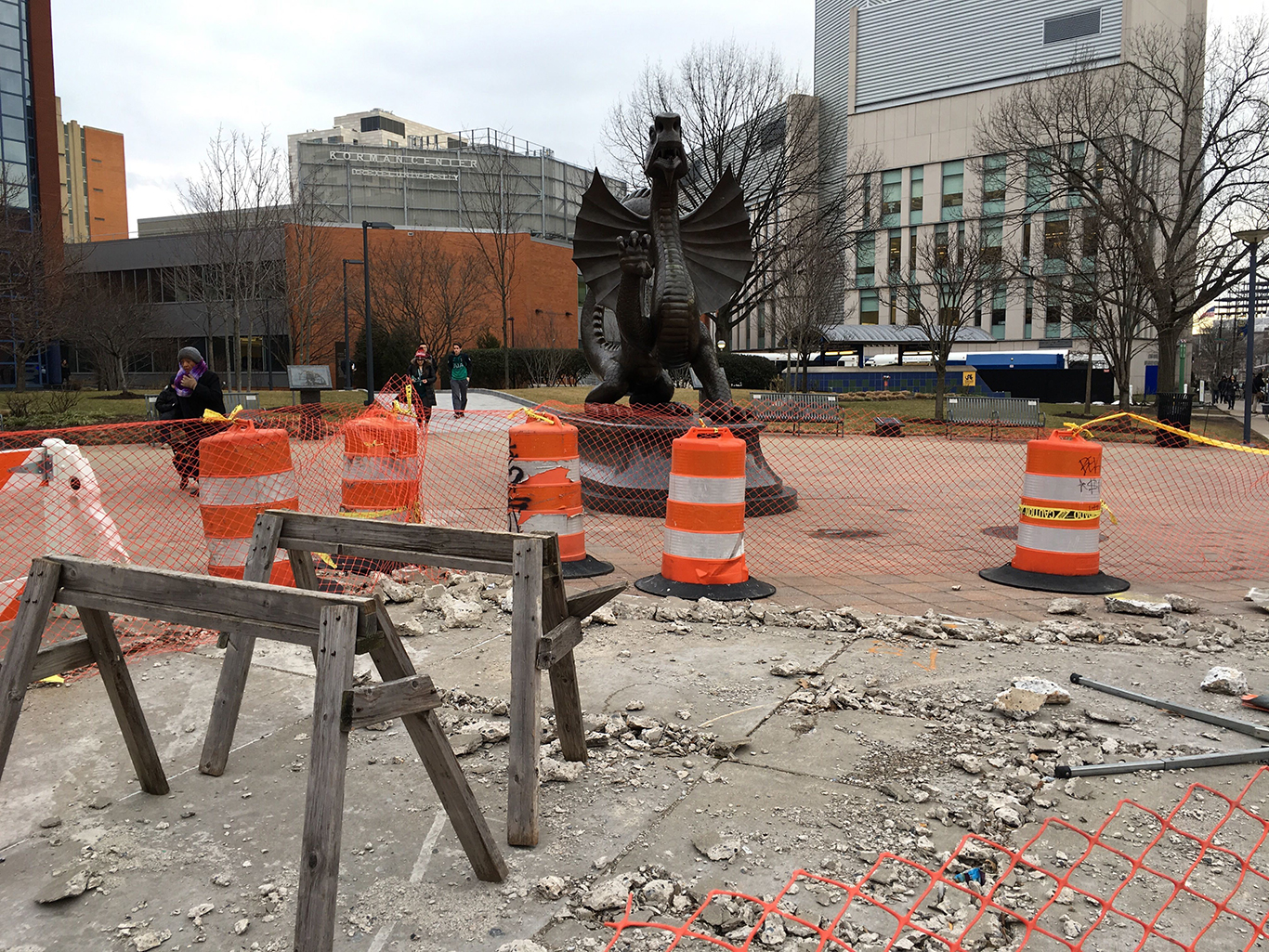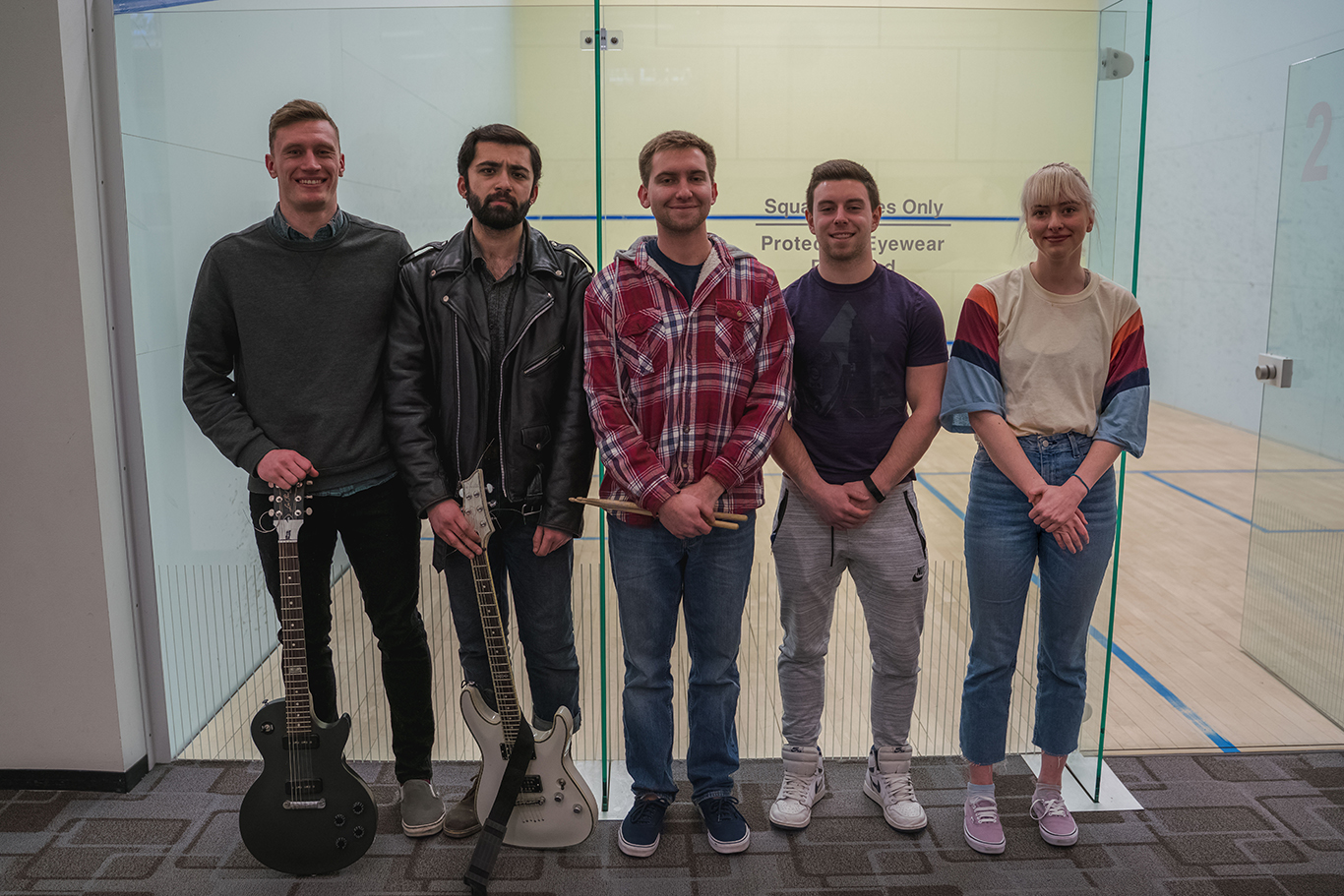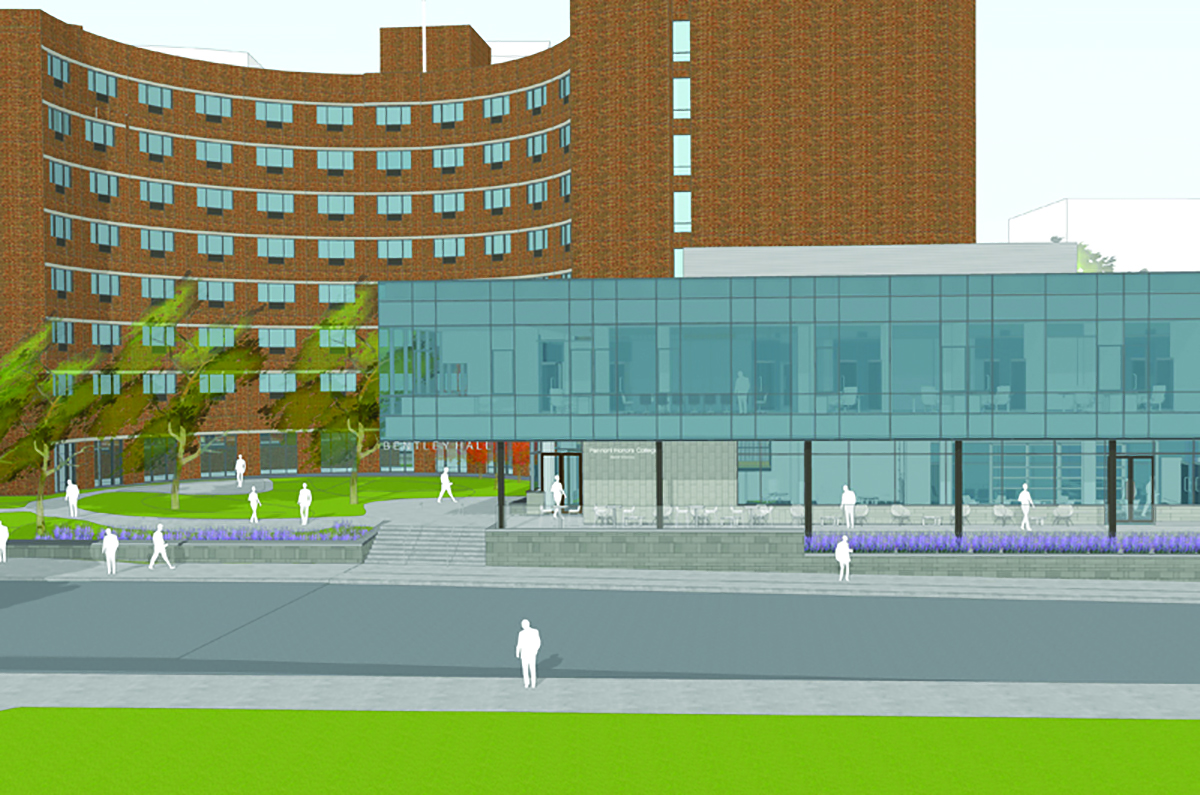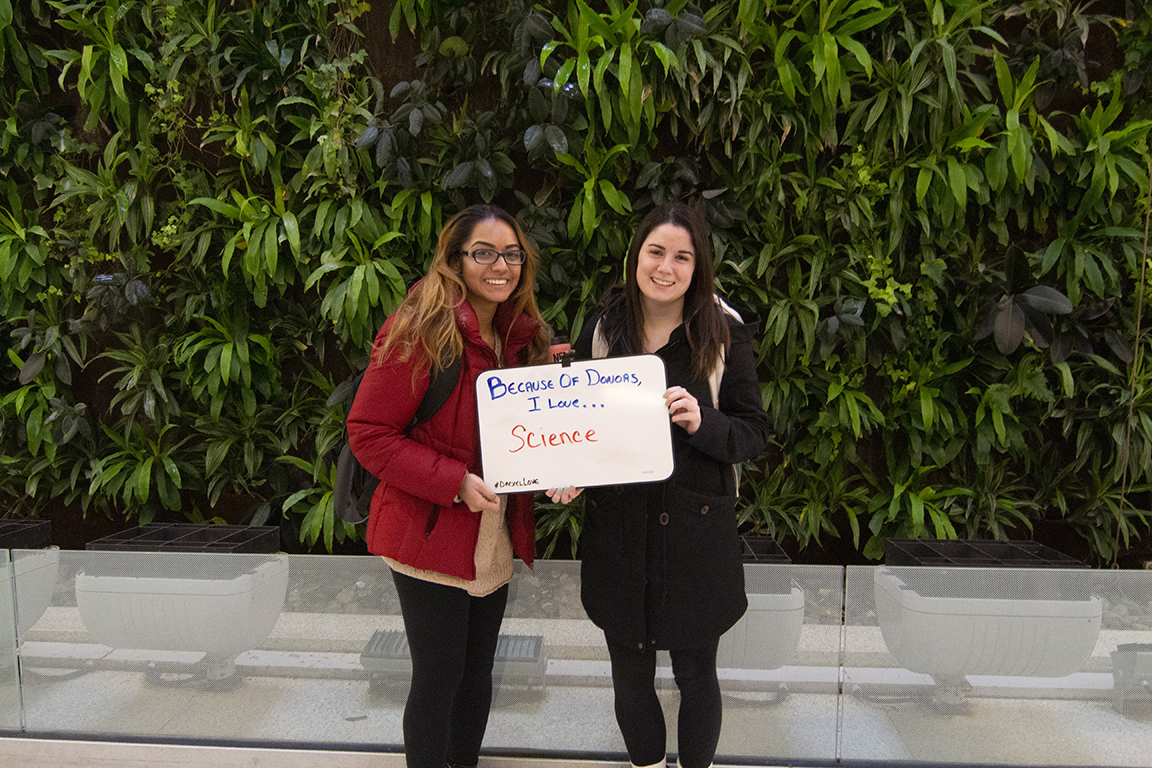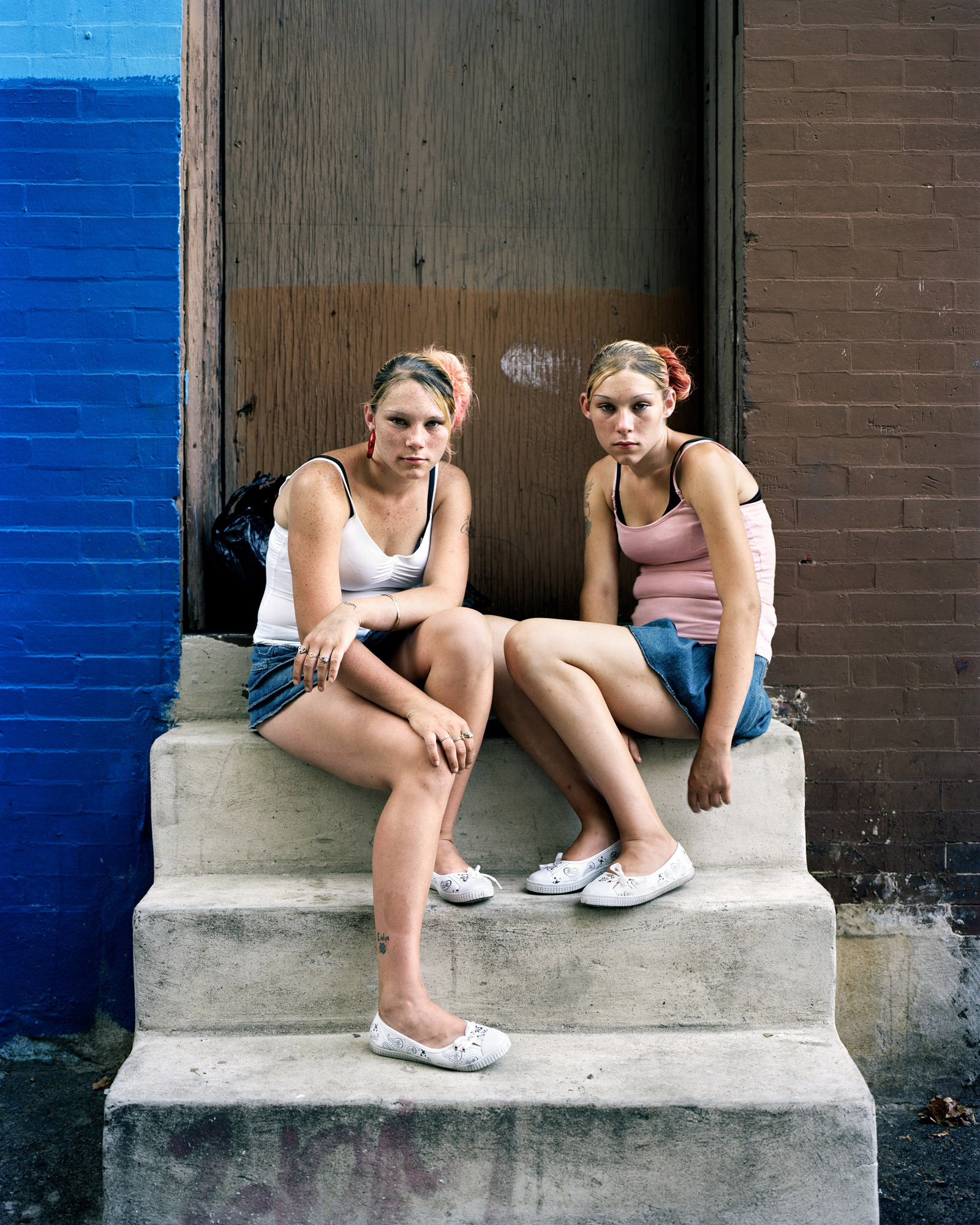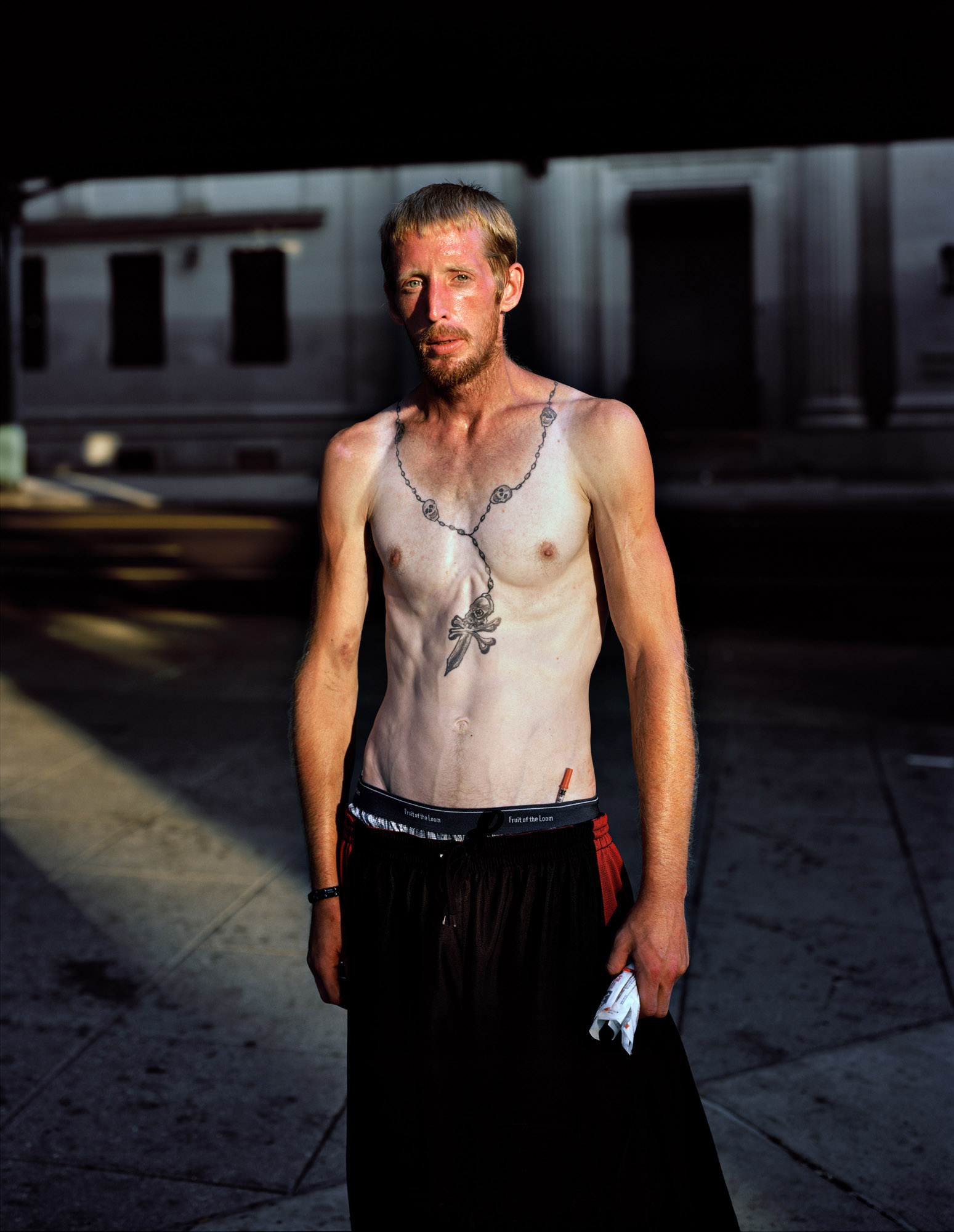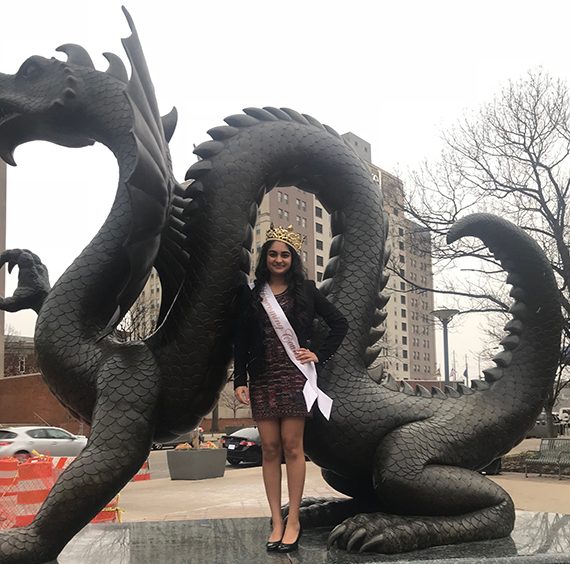Officials across the university are coming together to consolidate wellness efforts with the formation of Drexel University’s first-ever wellness committee, which is also expected to foster the growth of related wellness programming.
Featuring representatives from about 20 departments, including the Student Health Center, the Office of Equality and Diversity and even the Hagerty Library, the aim is to unify pre-existing resources for improved productivity, according to Assistant Athletic Director of Recreation Bryan Ford.
“All of the different entities around Drexel are doing things for students to be well. We just need to make sure we’re all on the same page with what that looks like and have a more efficient effort and a more collaborative effort so that we’re all doing it in a similar fashion,” Ford, one of the executive members of the newly-formed committee, said.
The immediate goal of the committee, which has already met twice, is to compile all resources around campus — like events, programs and even physical spaces — to have a “one-stop-shop” for wellness on campus. He said that since current resources are scattered across campus, it can be difficult for students — and even faculty — to find and take advantage of them.
“There’s all these different pieces around campus so the trend has been to bring these under one roof,” he said. “To bring everyone together is crucial.”
After merging efforts and building out more partnerships, he said that the next step will be about better integrating wellness into the daily lives of students. With better coordination, he explained, they can eventually bring more options to students to engage in self-care, though he added that they are still identifying precise goals.
However, the committee, which will continue to meet monthly with additional bi-weekly meetings for the executive board members, would like to see a dedicated space on campus for wellness endeavors, as well as a standing program that students can consistently rely on. While current programming exists for on-demand workshops for student organizations, dubbed “Wellness on Wheels,” students who lack a particular affiliation on campus may be left out of this equation, according to Fitness and Wellness Coordinator Laura Sherbondy.
But she said that by giving wellness on campus a true identity, it can become more ingrained into the entire Drexel experience
“It’s all about integrating it into the fabric of our existence,” she explained.
Similarly, Ford said that there needs to be a greater focus on the entire student lifecycle, rather than just token moments in a student’s life.
“We want to make sure that as soon as they step foot on campus that the university cares about their overall wellness,” he said. “From the first 100 days to the senior year experience, we want to make sure that there are initiatives within those existing things — and it wouldn’t just stop at those bookends either.”
The committee, which began at a time when many other universities are creating similar entities, puts wellness in the spotlight and with this, Sherbondy said that students can be more proactive about their wellness rather than waiting until they reach their breaking point. She said that this is especially important considering that many students enter Drexel with pre-existing depression and anxiety disorders.
By making this a university-wide effort, wellness becomes more holistic. Sherbondy said it’s really meant to be a group effort since wellness encapsulates so many different university sectors, spanning a wide range of values like academia, financial and physical health.
“Nobody owns wellness,” she said. “It lives with everyone and everyone has a piece to play in nurturing what that is and the experience for the students.”
They hope that a greater fixation on wellness can ultimately bolster retention on campus while simultaneously decreasing student conduct cases since students can have more preferable outlets to cope with common stressors.
Overall, Sherbondy said this is an exciting development for the university and in the nationwide fight against destigmatizing mental health.
“Getting everyone together at one table excites me because it’s a tiny little step in the right direction of where we want to be,” Sherbondy said. “We just want the students to know that we care about them as human beings and people as well as the engineers or whatever label is cast on them.”

